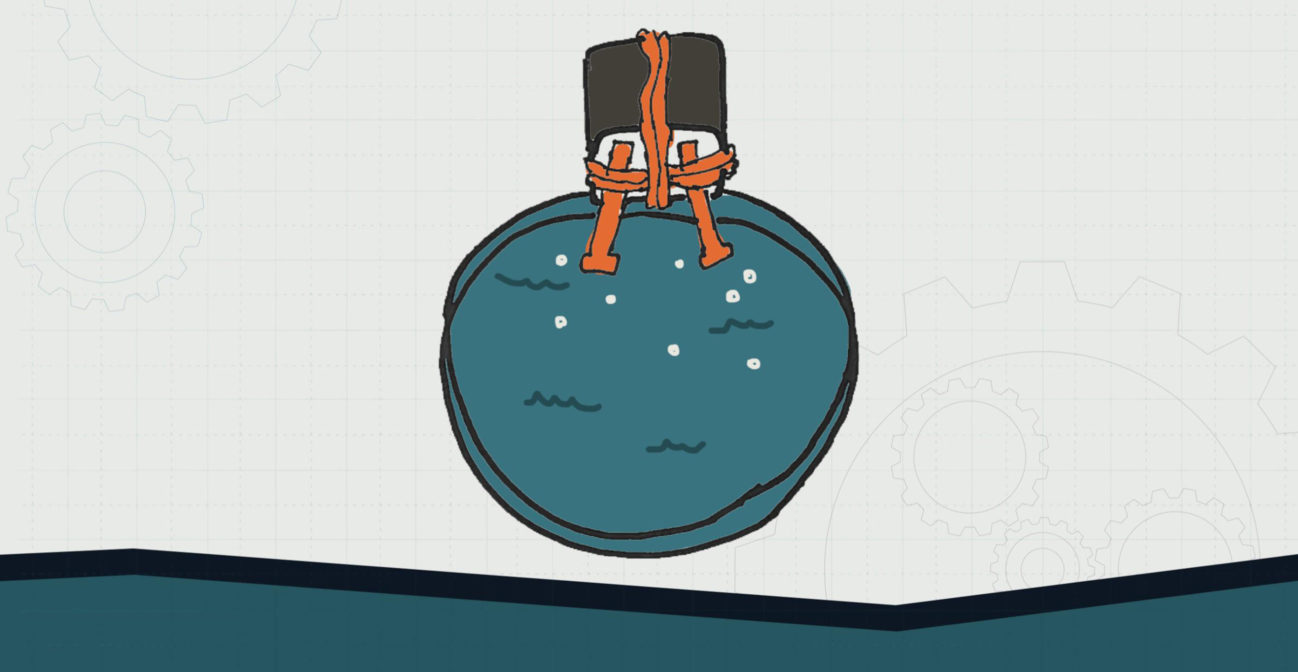Join us for conversations that inspire, recognize, and encourage innovation and best practices in the education profession.
Available on Apple Podcasts, Spotify, Google Podcasts, and more.

ELEMENTARY SCHOOL – LEVEL 2
Water is made up of hydrogen and oxygen. Through the process of electrolysis we can separate these molecules inside of water. Electrolysis is a technique that uses a direct current of electricity to cause a chemical reaction. Our machine will be very rudimentary, using a battery and steel screws, but it works well and is a great way to learn.
MATERIALS NEEDED:
❏ Stainless steel screws
❏ Petri dish
❏ Epsom salts
❏ 9-volt battery
❏ Acid-base indicator
SAFETY:
DIRECTIONS:
OBJECTIVE: Students will be able to develop various models to demonstrate that matter is made up of particles to small to be seen.
ESSENTIAL QUESTION(S):
NGSS CONNECTION:
5-PS1-1. Develop a model to describe that matter is made of particles too small to be seen.
COMMON CORE CONNECTION:
ELA/Literacy
W.4.7 Conduct short research projects that build knowledge through investigation of different aspects of a topic.
W.4.8 Recall relevant information from experiences or gather relevant information from print and digital sources; take notes and categorize information, and provide a list of sources.
RI.5.7 Draw on information from multiple print or digital sources, demonstrating the ability to locate an answer to a question quickly or to solve a problem efficiently.
Mathematics
MP.2 Reason abstractly and quantitatively.
MP.4 Model with mathematics.
5.NBT.A.1 Explain patterns in the number of zeros of the product when multiplying a number by powers of 10, and explain patterns in the placement of the decimal point when a decimal is multiplied or divided by a power of 10. Use whole-number exponents to denote powers of 10.
5.NF.B.7 Apply and extend previous understandings of division to divide unit fractions by whole numbers and whole numbers by unit fractions.
5.MD.C.3 Recognize volume as an attribute of solid figures and understand concepts of volume measurement.
5.MD.C.4 Measure volumes by counting unit cubes, using cubic cm, cubic in, cubic ft, and improvised units.
DOK:
Level 3: Strategic Thinking
Level 4: Extended Thinking